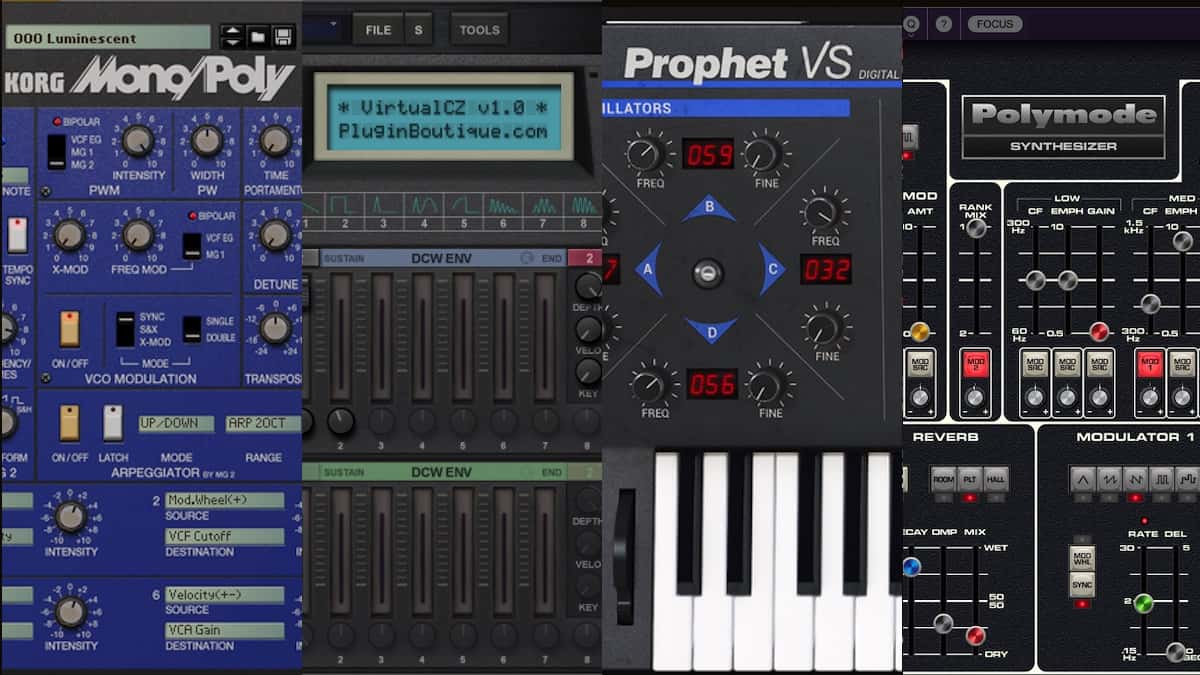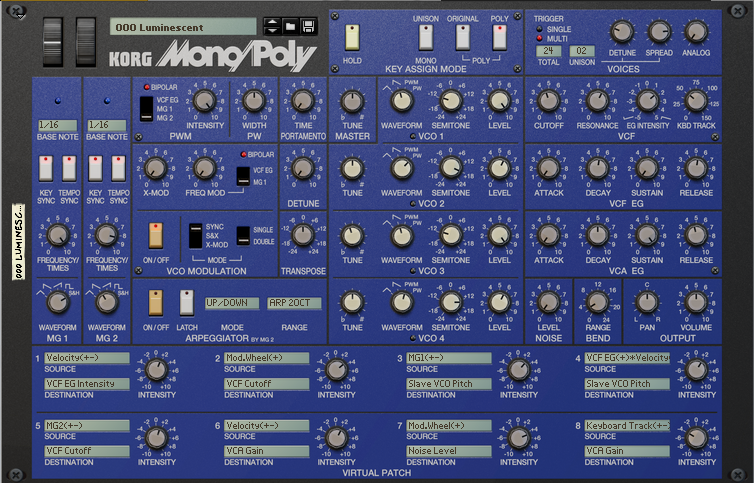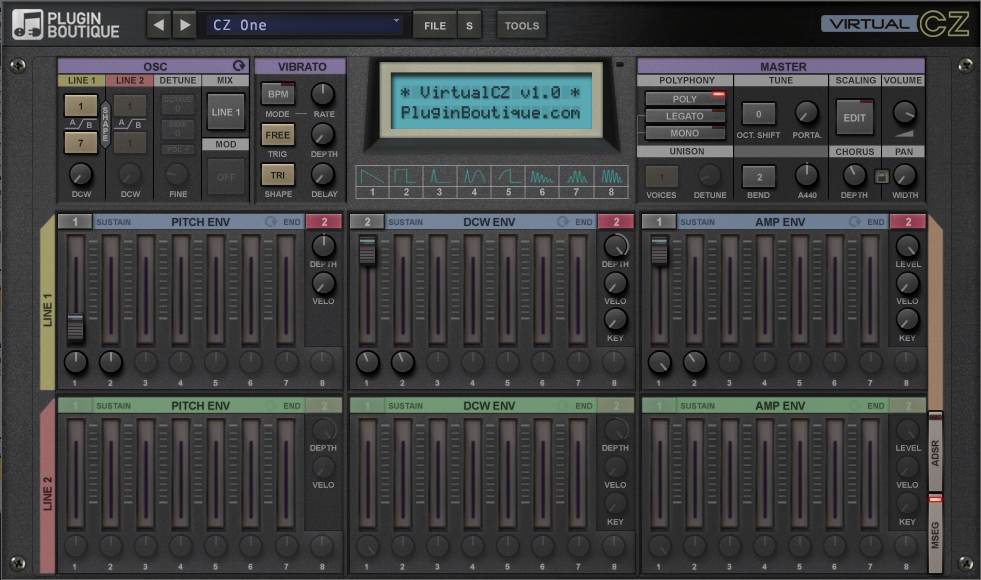Covers
Should Vintage Synth Recreations Incorporate 50 Years of Improvements?

Jim Aikin ponders why anyone would want an old, obsolete instrument
The art and technology of synthesizer design has changed enormously over the past 50 years. All the new instruments today are so amazingly powerful, it’s hard to see why anybody would dream of owning, much less drool over, a synth that’s utterly obsolete. And yet….
Okay, I’m being deliberately provocative. As we all know, vintage synthesizers are a very big deal indeed. Collectors prize the old instruments and go to great lengths to keep them in good condition. I don’t have room for a hardware collection in my home studio, however, so I’m a lot more familiar with vintage synth clones in software, many of which are available for shockingly modest prices.
There are some good reasons for the popularity of vintage instruments. Even so, the vintage synth market is peculiar, not only because of the lasting or resurgent appeal of the old instruments but because of the difficult decisions today’s software developers have to make.
A good modern synth will ship – or more likely download – with hundreds of great-sounding presets in all of the familiar categories: basses, brass, keys, leads, pads, plucks and mallets, percussion, sequences and arpeggios, SFX, and more. If you’re producing mixes, this is great. You can find what you need quickly, lay down a track, and move on.
But here’s the downside: after a while, all of these great modern instruments sound pretty much alike. Few of them seem to have much personality of their own. Multimode filter? Check. Chorus/delay/reverb? Check. Wavetables? Check. A little FM? Check. Multisegment envelopes? Check. Same old, same old.
The thing about vintage instruments is, many of them have a rather distinctive sound. Due to the engineering constraints 40 years ago, an Oberheim Eight-Voice just doesn’t sound like a Prophet-5. A Minimoog does not sound like an ARP 2600. When you want that sound, the place to get it is from that instrument.
The music of that era still has rabid followers. People collect LPs by Gary Numan and Depeche Mode. If you’re writing songs, owning a few vintage synths is both a lifestyle statement and a truly useful resource.
For whatever reason, the vintage synth clone market seems to be booming. Both Arturia and Cherry Audio have large collections. Korg produces software versions of their own old hardware, and also of the ARP Odyssey. Numerous sample libraries serve up keyboard-friendly multisamples of old analog hardware.
And this is not a new trend. One of the first generation of softsynths, Propellerhead ReBirth, was a clone of the Roland TR-808 and TB-303.
Another reason why software developers may find the vintage game attractive is because it’s easy to explain the product. “It’s a Minimoog” is a clear marketing message. Your Mini may be polyphonic. It may have oscillator sync, effects, and an extra LFO. But calling it a Cyclone or a Scimitar would not be nearly as effective.
Just producing a synth with the same front panel as the old instrument wouldn’t do the job at all. Software developers may go to great lengths to analyze the behavior of old-style hardware. If they can get their hands on a working instrument they won’t just sample it, they’ll analyze both its output and its components to learn how it did what it did.
This process is not, however, quite as magical as you might imagine. For one thing, that 40-year-old hardware instrument may have been banged around. It may not actually sound as good as it did when it was new.
I know of one software clone of a well-known synth from the early ’70s in which the oscillators, when soloed, sound like crap. It seems to me the software engineers ought to have cleaned up the sound, or at least offered users a switch with which to choose the vintage sound or something that would be more pleasing to the ear.
Even if it did sound that way when it was first built, the manufacturer probably wanted it to sound a lot better! But the hardware components that would have made it sound better were undoubtedly more expensive. There would have been no market for a synth that cost five times as much to build.
Or the components’ engineering specifications may have been changed for the worse, but it was too late to hold up the production. I recall one story of an instrument whose components were being built overseas, and when they arrived the component manufacturer had made a change that would have been trivial in most usages but was a disaster in a musical instrument, because sound synthesis demands quite a lot of precision.
Software developers have to work through more than one dilemma when trying to produce an authentic vintage instrument. Almost none of those early instruments had built-in effects. (The ARP 2600, oddly enough, did have an effect: it had a spring reverb.) But modern music makers need effects!
Also polyphony. Quite a lot of instruments that were monophonic when they were hardware are now marketed as software with 16-voice polyphony. Oh, and MIDI velocity response and an LFO that can be synced to the DAW’s tempo, those are obviously essential.
The difficulty developers face, as one of them explained to me, is this: where do you draw the line? Do you add ADSR envelopes to an instrument that had a simpler type? If an instrument had 8-bit digital waveforms, do you clean them up by making them 16-bit, thereby reducing the noise level but also making the tone colors less authentic?
If you add multi-segment envelopes, polyphony, sync buttons for the LFOs, effects, and a bunch of extra waveforms, before long you don’t have a vintage clone at all, you just have another modern do-everything synthesizer. Balancing the desire for authenticity with the needs of modern musicians has to be a challenge.
There are certainly features that we can live without. One synth that I looked at recently had a monophonic voice with low-note priority when the keyboard was played. Last-note priority is much, much better, but it may have been an engineering challenge back in the ’70s.
And can we talk about oscillators’ pitch drift? Manufacturers worked hard to avoid oscillator drift! Personally I hate it, because I value precise intonation. Yet it’s often included, because the instrument will sound more authentic if the notes vary slightly in pitch. You may not even be able to shut it off.
Sometimes things just need to be fixed. And sometimes they do get fixed. In 1986, when the Sequential Prophet-VS was released, I bought one of the first units off the assembly line. After bringing it home, plugging it in, listening for a while, I put it in the car and took it back to Sequential.
I knew the people there; I had bought it direct; and I convinced them to take it back and refund my money. The problem was aliasing. The VS used digital waveforms, and in the top octave or even two octaves of the keyboard range, the waves aliased so badly that the original pitch got lost in the sidebands.
I felt this was unacceptable in a musical instrument. Nothing in the intervening years has caused me to alter my opinion. So I was delighted to find that in the Prophet-VS clone from Arturia, there’s no aliasing! They fixed it!
Is it authentic? No. Do I care? No. The gain in musical usefulness more than offsets the loss of authenticity. If I want that sideband-rich sound, I’ll run something through a ring modulator or use a bit crusher.
On the other hand, there’s something lovely about Dexed, the freeware clone of the Yamaha DX7. Dexed is completely authentic. You do have the option of higher quality digital audio, but the features are unchanged. There are no effects. You don’t get the extra TX81Z waveforms. There isn’t even any stereo panning – the output is monaural. When I listen to it, I find myself thinking, yes, that really is a DX7. There’s no mistaking it.
Maybe there really was something special going on in pop music when all those synths came out.



















